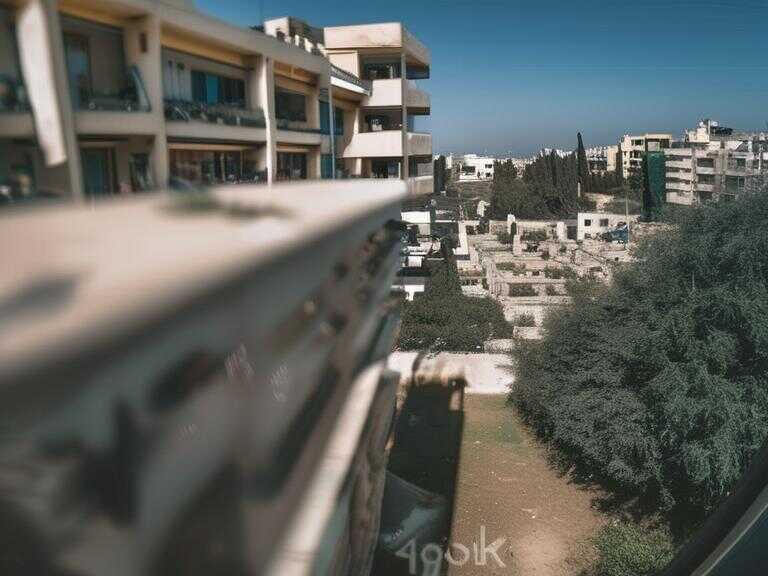
Russia reportedly deploys advanced S-500 air defense system to protect occupied Crimean Peninsula
Russia deploys advanced S-500 air defense system in occupied Crimea to protect Kerch Bridge, adding significant capabilities against ballistic missiles.

Russia has reportedly moved its most advanced S-500 air defense system to the occupied Crimean Peninsula to safeguard the Kerch Bridge, Ukraine’s spy boss revealed on Wednesday. This deployment, if confirmed, signifies the first known fielding of the system and would grant Russia substantial air defense capabilities, particularly against ballistic missiles.
Lt. Gen Kyrylo Budanov, head of the Ukrainian Defense Intelligence Directorate, stated in an interview with Ukrainian media that "the latest elements of the S-500 have appeared in Kerch City." He further added, "This will, in principle, be an experimental application… Kerch Bridge is always used, and as long as it’s there, it will be used."
Prometey: The S-500 System
The S-500 system, also known as Prometey (Russian for Prometheus), is designed to provide theater ballistic missile defense and other long-range air defense capabilities. It is intended to eventually replace the current A-135 anti-ballistic missile system deployed in silos around Moscow and complement the long-range S-400 Triumf surface-to-air missile (SAM) system.
Then-Russian Defense Minister Sergei Shoigu announced in April that the systems would be fielded sometime in the current year, in two versions: missile defense and anti-aircraft. Russia first unveiled video footage of an S-500 launch in July 2021, which reportedly downed a ballistic missile surrogate target during a test campaign at Kapustin Yar near Astrakhan in southern Russia. Additionally, in 2018, Russian authorities reported a successful test where the system hit a target nearly 300 miles away.
Expected Service Date and Technical Details
Russian officials have projected the entry of the first series production S-500 into service by 2025. The S-500 is a road-mobile system that includes 10x10 transporter-erector-launchers based on the BAZ-69096 chassis. The system's maximum range is estimated to be around 370 miles.
The Kerch area has been subjected to attacks, including a strike by U.S.-supplied Army Tactical Missile System (ATACMS) short-range ballistic missiles, targeting critical Russian ferries. The Ukrainian General Staff reported that the May 30 strike damaged two Russian ferries which have played a vital role in transporting troops and supplies to the front lines, particularly during bridge traffic interruptions.
New Missile Threat
The ATACMS poses a new threat to Russia's defense of Crimea, with the longer-range variants equipped with unitary warheads adding complexity to safeguarding larger structures like the Kerch Bridge. While the ferries have been targeted successfully, the bridge itself has endured attacks, including a drone boat strike in July 2023.
Despite previous attacks, the Kerch Bridge remains a prime target for Ukrainian forces. Ukrainian Lt. Gen. Kyrylo Budanov affirmed the intention to strike the bridge and emphasized the significance of protecting the bridge against potential ballistic missile strikes.
Implications of S-500 Deployment
With the potential deployment of the S-500 system, there arises a heightened layer of protection for the Kerch Bridge, particularly against potential long-range fires. The deployment would offer added defense against threats to the vital transportation link.
Given Ukraine's steadfast determination to destroy the Kerch Bridge, the deployment of the S-500 system may soon be put to the test, validating its effectiveness in safeguarding the strategic structure.
Share news















